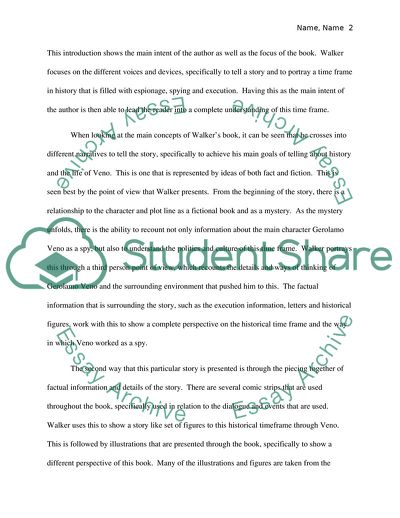History and Fiction in the Story of Gerolamo Veno Book Report/Review Example | Topics and Well Written Essays - 1500 words. https://studentshare.org/literature/1734380-book-review-of-jonathan-walker-pistols-treason-murder-the-rise-and-fall-of-a-master-spy
History and Fiction in the Story of Gerolamo Veno Book Report/Review Example | Topics and Well Written Essays - 1500 Words. https://studentshare.org/literature/1734380-book-review-of-jonathan-walker-pistols-treason-murder-the-rise-and-fall-of-a-master-spy.


